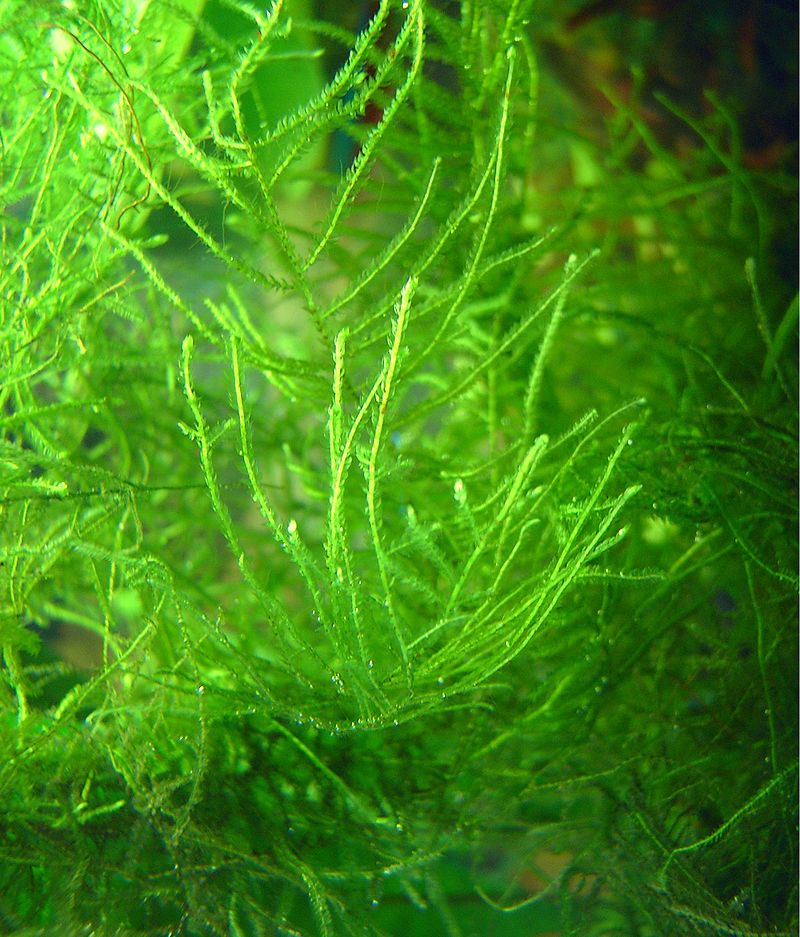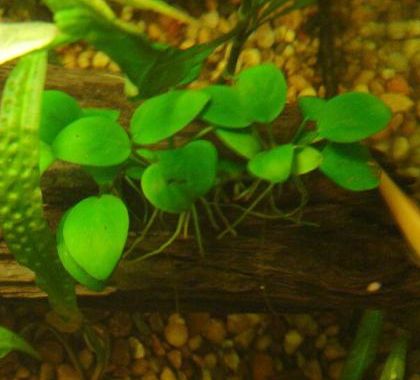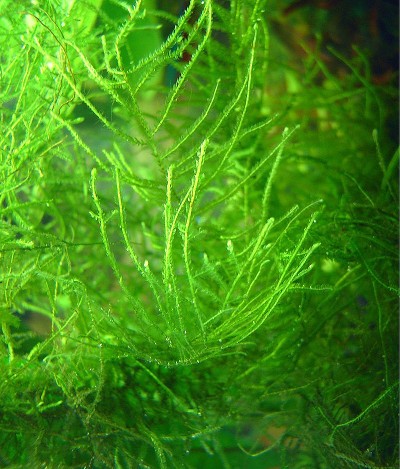
The goal of this post is to give beginners an easy to maintain option. The reason these plants are so easy to maintain is because of their low light adaptation. They grow slower than most plants thus require less pruning. So, I’ve compiled a list of readily available, easily maintained list of the best low light aquarium plants guaranteed to thrive.
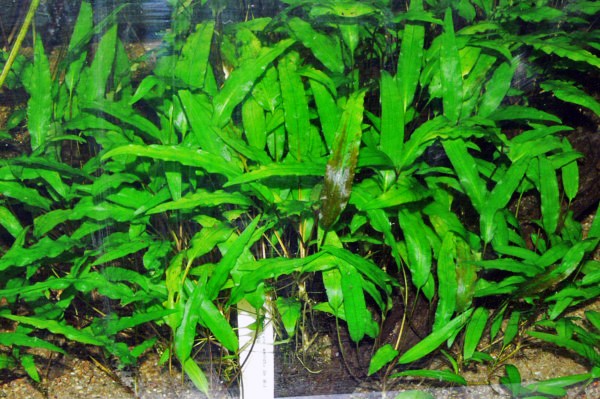
source: wikipedia
license: wikipedia
Cryptocoryne Wendtii (Most crypts really…)
Similar in appearance to a Java Fern except it has a slight reddish tint. It makes for a great background plant in aquascapes. When placing it the tank, you must have the roots completely in the substrate. Most likely, you will get some initial melting but this plant is well-known to grow even after it completely melts. Also, be aware that this plant is extremely hardy and has a very intense root system once it grows out just in case that’s not your thing.
Java Moss
In aquascapes you may have seen this plant but may not have known what it was. Here’s a hint, it’s commonly used to emulate the top part of “moss trees”. When growing this plant there is no need to attach it to anything nor plant into the substrate. You can literally just toss it into your tank and it’ll grow! However, you can tie or even glue it to a rock or piece of driftwood to give your tank an aged look. Just be sure to keep it away from your filter mechanism. It’s been known to creep into filtration systems, causing a clog.
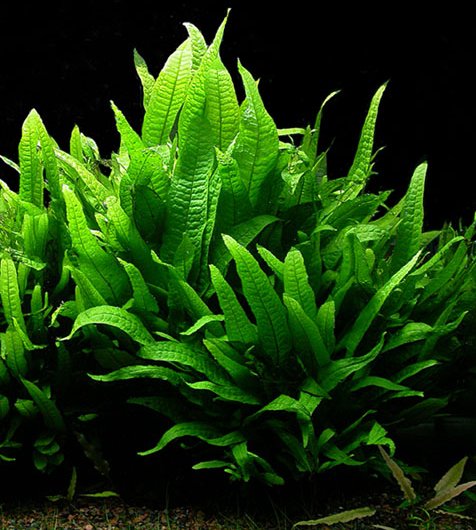
source: wikipedia
license: wikipedia
Java Fern
This guy can grow fully submerged, partially submerged, attached to something or simply floating around! Also known as a hardy plant, Java Fern is a great beginners plant. In aquascapes it is mostly used a background plant or commonly seen stuff between crevices.
Anubias
Not very many flowering options when it comes to aquarium plants. Which is why this plant makes my top 5. Please do be careful when planting it into the substrate and only cover the roots and not the rhizomes. Do note that, the flower on the plant isn’t always promised. But with enough patience and care it’ll eventually come.
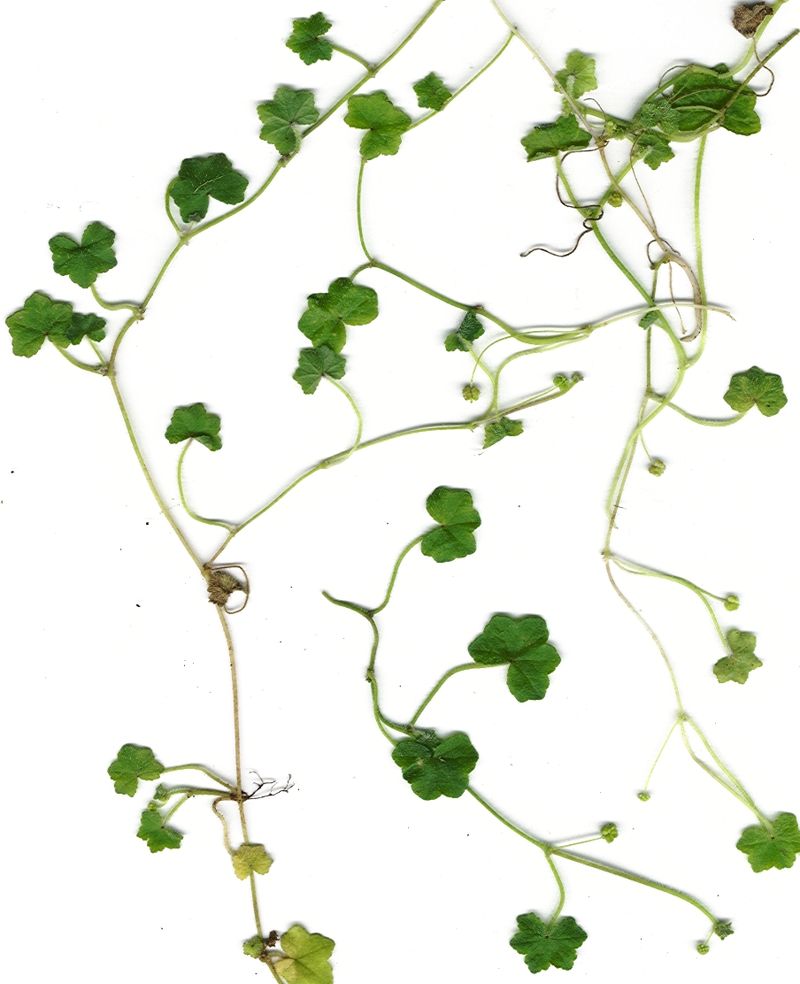
source: wikipedia
license: wikipedia
Pennywort
Pennywort can be grown buried in the substrate or simply left floating. Commonly used as a mid to background plant, results are best when combined with other plants to add a fuller appearance to your aquarium. It’s fairly hardy and easily propagated, just trim a piece of the stem and let it float around the water column or bury it into the substrate.
Conclusion
Hopefully this will give you a running start when choosing your plants for your low light setup! Although these are well adapted for low light conditions, these will do fine in any tank as long as there is a light source high or low.
Until next time, keep your thumbs aquatic!



